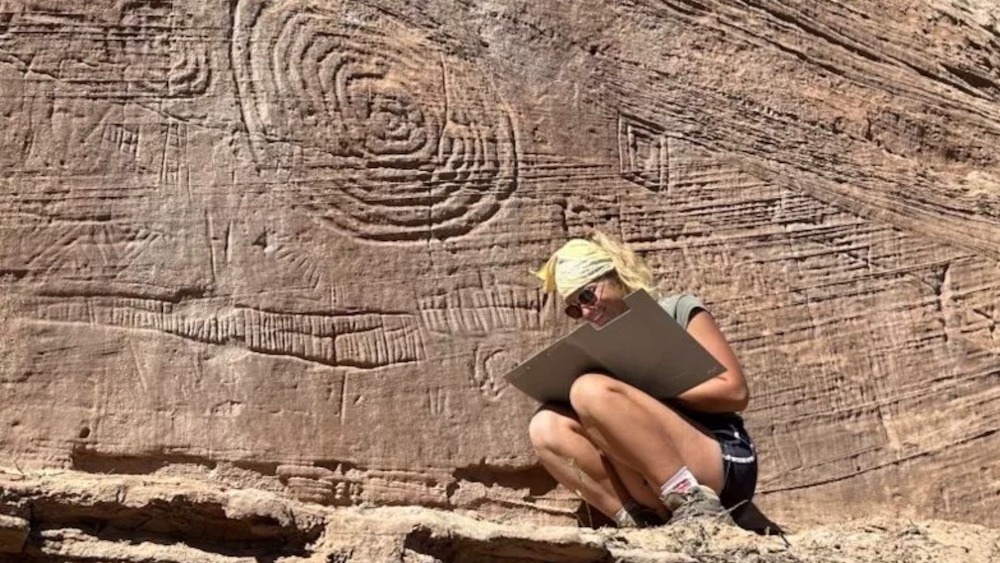
While investigating a site in the US Southwest, archaeologists discovered a series of ancient rock carvings that early Native Americans may have used as a calendar.
The site, known as the Castle Rock Pueblo, is on the Mesa Verde plateau straddling the Colorado-Utah border and is best known for the Ancestral Pueblo settlements that are carved into the surrounding canyon walls, according to a statement.
The Ancestral Pueblo were a group of Indigenous peoples who inhabited the Castle Rock Pueblo from about the 1250s to 1274, according to a 2020 study in the journal Antiquity.
"The agricultural Pueblo communities developed one of the most advanced Pre-Columbian cultures in North America," Radosław Palonka, an archaeology professor at Jagiellonian University in Poland who led the investigation, said in the statement. "They perfected the craft of building multi-story stone houses, resembling medieval town houses or even later blocks of flats. The Pueblo people were also famous for their rock art, intricately ornamented jewelry and ceramics bearing different motifs painted with a black pigment on white background."
Related: Earliest evidence of Maya divination calendar discovered in ancient temple
During their investigation, the archaeologists discovered a series of petroglyphs (rock carvings) chiseled into the canyon walls high above the cliff settlements. The carvings, which include spirals stretching more than 3 feet (1 meter) in diameter, continue across more than 2.5 miles (4 kilometers), according to the statement.
"I used to think that we studied this area thoroughly, conducting full-scale excavations, geophysical surveying and digitalization," Palonka said in the statement. "Yet, I had some hints from older members of the local community that something more can be found in the higher, less accessible parts of the canyons. We wanted to verify this information, and what we found surpassed our wildest expectations."
Researchers think the Ancestral Pueblo used the panels as a calendar for "astronomical observations" and to commemorate "special days," including the summer and winter solstices and the spring and autumn equinoxes, according to the statement.







